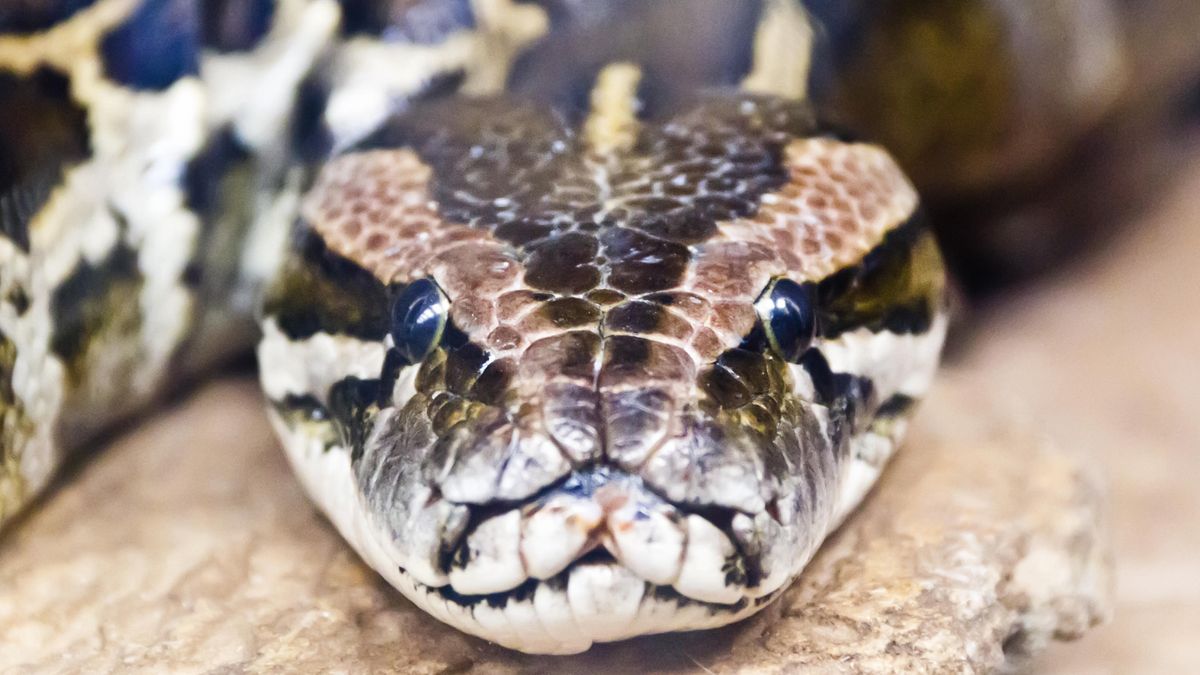Now Reading: Scientists Uncover Unique Cells in Burmese Pythons Enabling Skeleton Digestion
-
01
Scientists Uncover Unique Cells in Burmese Pythons Enabling Skeleton Digestion
Scientists Uncover Unique Cells in Burmese Pythons Enabling Skeleton Digestion

Quick Summary
- Researchers studied Burmese pythons (Python bivittatus) and discovered specialized cells in their intestinal lining that help digest prey skeletons by processing calcium from bones.
- The study was published in the Journal of Experimental Biology on June 25.
- Burmese pythons consume birds and small mammals whole, spending days digesting their meals before hunting again.
- Experiments analyzed three diets: whole prey, boneless prey, and boneless prey supplemented with calcium. Narrow intestinal cells were identified as integral to managing calcium absorption and disposal.
- These specialized cells held calcium-based particles for snakes consuming whole prey or supplemented diets but not for those eating only boneless prey. Possible disposal via feces was suggested.
- similar narrow cells were found in other python species,boas,and Gila monsters (also whole-prey consumers). evidence of these mechanisms is absent in other animals like dolphins or fish-eating birds so far.
- Further studies could investigate whether similar bone-digesting adaptations exist across marine predators or bone-based diets consumed by certain bird species.
!Photo of python head close up in full face
Indian Opinion analysis
This discovery highlights nature’s resourcefulness in adapting digestive systems to specific dietary challenges such as managing excess nutrients from skeletal remains-a process critical for efficient digestion among predators like Burmese pythons who consume entire bodies of their prey without wasteful byproducts.
For India’s ecological research space, the finding may encourage comparative studies on local snake populations that exhibit unique feeding behaviors amidst increasing interactions between wildlife habitats and human environments due to rapid urbanization. Understanding such biological adaptations can also inform species conservation strategies as environmental pressures mount globally.
Given India’s traditionally strong focus on biodiversity preservation-including initiatives aimed at reptiles-the insight into how organisms manage extreme dietary niches could inspire further investigation into indigenous predator-prey dynamics vital to maintaining balanced ecosystems.























